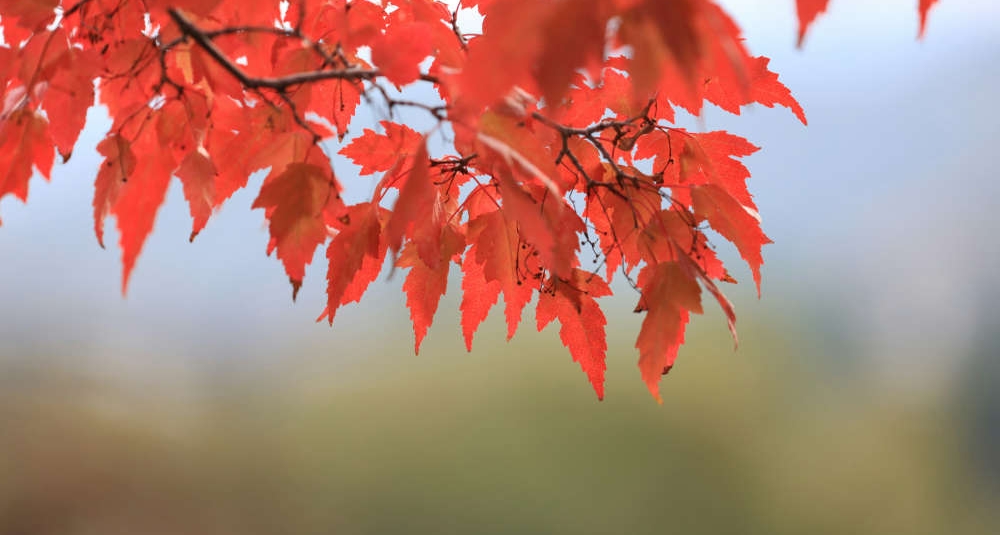Jeff Edwards at PATCH tells us....
The peak season for fall leaf-peeping is still several weeks away in New York, leaving you time to plan a road trip to see fall foliage at its most brilliant. Several online tools and predictive maps are available to guide planning, whether you plan to stay home or travel outside the Hudson Valley. Leaves can start to change color as early as mid-September in northern-tier states, while the peak in some southern states is closer to November, according to The Old Farmer’s Almanac.Its predictive map shows leaves in much of the Hudson Valley will peak in mid-October, and will be past their peak by the end of the month.
No predictive tool is 100 percent accurate, but it can give leaf peepers a pretty good shot at seeing autumn leaves when they turn their most blazing reds, vibrant orange and sunny yellows.
Weather can have a big effect. Leaves need warm, sunny days, but also crisp but not freezing nights to bring about the most spectacular color show. Both rainfall and drought can also affect its vibrancy, according to the U.S. Forest Service.
According to the National Oceanic and Atmospheric Administration’s Climate Prediction Center fall temperature and precipitation forecast, we are likely to see above temperatures over the next three months. Precipitation is expected to be above normal.
What Causes The Different Colors?
You probably remember from science class that the color change all starts with photosynthesis. Leaves constantly churn out chlorophyll — a key component in a plant’s ability to turn sunlight into the glucose it needs to thrive — from spring through early fall. Those cells saturate the leaves, making them appear green to the human eye.
But leaves aren’t green at all. Autumn is the time for leaves’ big reveal: their true color unveiled as chlorophyll production grinds to a halt. The colors in fall’s breathtaking tapestry are influenced by other compounds, according to the national park’s website.
Beta-carotene, the same pigment that makes carrots orange, reflects the yellow and red light from the sun and gives leaves an orange hue.
The production of anthocyanin, which gives leaves their vivid red color, ramps up in the fall, protecting and prolonging the leaf’s life on a tree throughout autumn.
And those yellows that make you feel as if you’re walking in a ray of sunshine?
They’re produced by flavonol, which is part of the flavonoid protein family. It’s always present in leaves but doesn’t show itself until chlorophyll production begins to slow.


